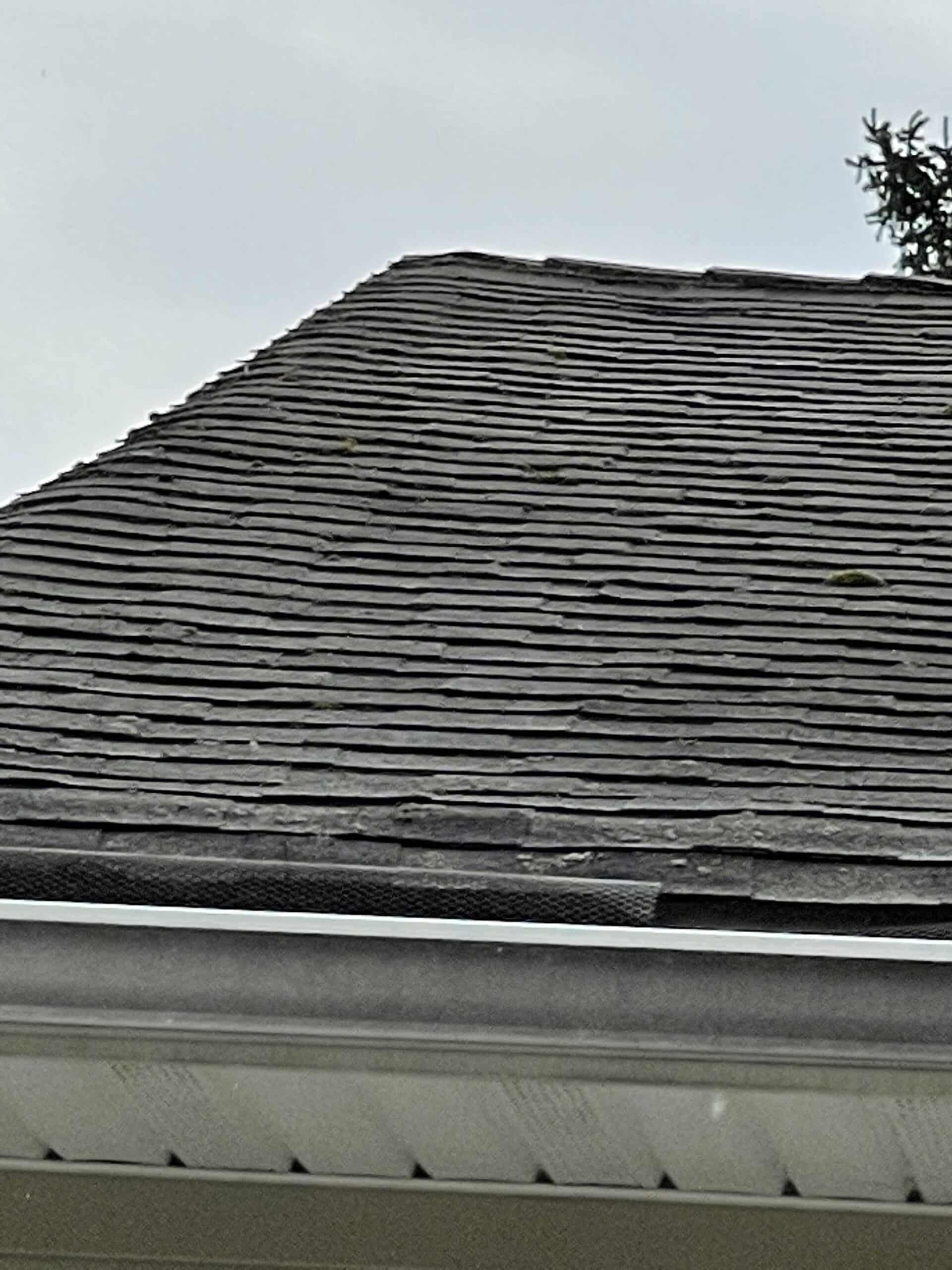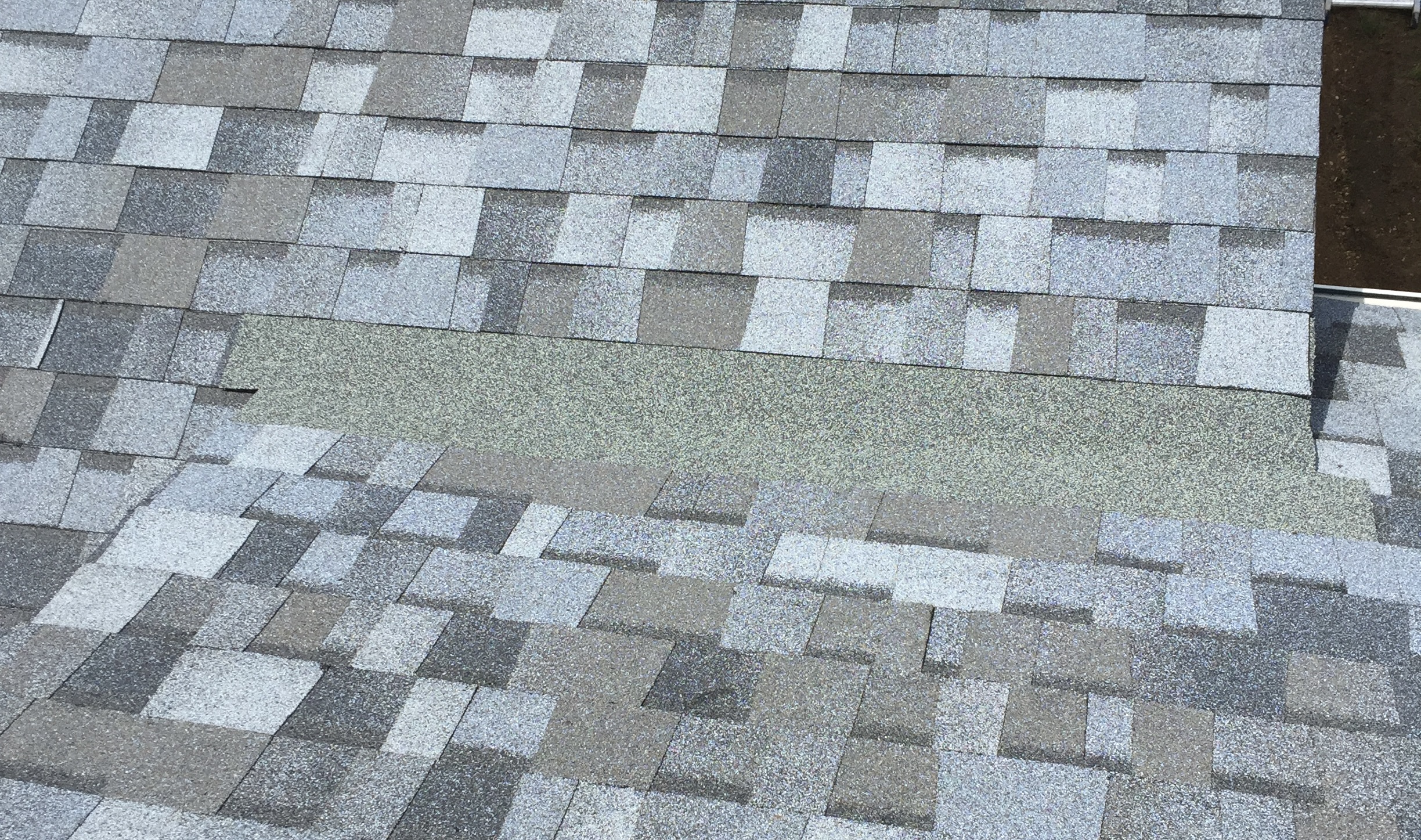New Breakthrough Technology Algae Resistant Roofing Shingles
In the quest for a durable and low-maintenance home, the choice of roofing material can make all the difference. Discover why algae resistant roofing shingles are not just an investment in your home’s future, but also a safeguard against the elements.

Understanding Algae Resistant Roofing Shingles
Algae resistant roofing shingles are specially designed to prevent the growth of algae, a common problem in humid areas that can cause unsightly black streaks on traditional shingles. These innovative shingles use granules that contain copper or zinc, which are toxic to algae, effectively stopping growth before it can start.
By choosing these shingles, homeowners can maintain the aesthetic appeal of their roofs for longer periods. Unlike standard shingles that quickly look aged due to algae accumulation, algae resistant variants stay newer looking, making them a wise choice for those concerned with curb appeal.
The Impact of Algae Growth on Your Roof
Algae growth is not just a cosmetic issue; it can lead to long-term damage to your roof. Over time, the buildup of algae retains moisture against the shingle surface, which can cause the shingles to rot or deteriorate. This makes addressing algae not just a matter of aesthetics, but a crucial component of roof maintenance.

Moreover, increased moisture facilitates the growth of mold and lichen, which can further degrade your roof’s integrity and potentially impact indoor air quality. Proactively choosing algae resistant shingles can help mitigate these risks and extend the life of your roof.
Key Benefits of Algae Resistant Roofing Shingles
In addition to their primary benefit of preventing unsightly algae streaks, these shingles offer enhanced durability. By resisting algae, they inherently resist the moisture and rot that can accompany algae growth, leading to a longer lifespan for your roof.
Environmentally speaking, algae resistant shingles are a sound choice. Reducing the need for chemical treatments or pressure washing to remove algae, these shingles contribute to a healthier environment around your home while still maintaining their appearance.
Comparing Costs: Algae Resistant vs. Traditional Roofing Shingles
While algae resistant shingles may come with a higher upfront cost compared to traditional shingles, the long-term savings should be considered. The additional expense is offset by reduced maintenance costs and the need for less frequent roofing replacement.
Installation Process and What to Expect
The installation of algae resistant roofing shingles follows the same process as traditional shingles, ensuring no additional labor costs. Homeowners can expect a straightforward installation with a significant payoff in terms of roof longevity and appearance.
Long-Term Maintenance and Care Tips
Maintaining algae resistant shingles is relatively simple. Regular inspections and quick roof repairs of damaged shingles can significantly extend your roof’s lifespan. Additionally, keeping gutters clean and trimming overhanging tree branches can reduce the risk of damage and algae growth.
Making the Decision: Is It Right for Your Home?
When considering algae resistant roofing shingles, evaluate your home’s location, typical weather patterns, and your long-term plans for your home. If you’re in a humid or rain-prone area, investing in these shingles could be a prudent choice to protect your home‘s appearance and value.
A Future-Proof Roof Over Your Head
Choosing the right roofing shingles for your home involves balancing cost, aesthetics, and longevity. Algae resistant shingles offer a compelling blend of all three, ensuring your home remains both beautiful and durable in the face of nature’s challenges. As you weigh your options, consider the advantages of algae resistant roofing shingles – they just might be the protective layer your home needs to stay looking its best for years to come.
